Taiwan’s existence is “very, very important” to Japan, Japan-Taiwan Exchange Association Chief Representative Kazuyuki Katayama told the Liberty Times (sister paper of the Taipei Times) in an interview published yesterday.
Katayama in the interview conducted on Monday emphasized the importance of Taiwan-Japan ties based on economic and geopolitical proximity, and their shared values of democracy, respect for human rights and the rule of law.
Taiwan and Japan share close economic ties, with the trade volume of agricultural and animal husbandry products seeing new recent developments, said the envoy, who has held the position for a year.
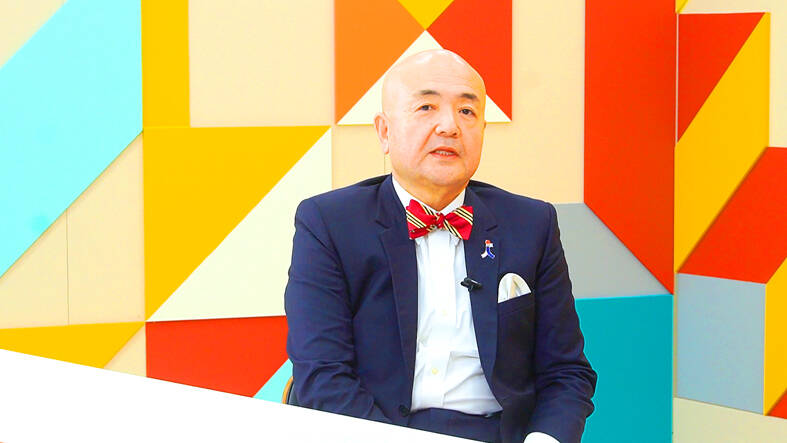
Photo: Huang Chun-hsuan, Taipei Times
Katayama’s comments referred to Japan importing Taiwan-raised brown-marbled grouper and pitaya, while Taiwan relaxed restrictions on Japanese produce and husbandry products.
Katayama said that 4.2 million Taiwanese visited Japan last year and the total is expected to exceed 5 million this year, a record.
Peace and stability across the Taiwan Strait are crucial to Taiwan, Japan and other countries, he said.
Cross-strait relations should be resolved peacefully and Japan opposes any unilateral changes to the “status quo,” he added.
Taiwan and Japan face the same issues, Katayama said, adding that during his year in Taiwan, he could not stress enough how vital the two nations’ relationship is.
Asked about the future of bilateral ties, Katayama cited former representative to Japan Frank Hsieh’s (謝長廷) comments that while Taiwan and Japan are on mutually good terms, both sides should still work to improve and maintain the relationship.
Katayama cited interaction between young Japanese and Taiwanese as an example of the warm ties.
Relations depend on future generations, and encouraging young Taiwanese to study or work in Japan is part of that, he said.
Katayama said he hoped to chat with young Taiwanese to understand their opinions and their views toward Japanese.
On Wednesday, the Tourism Administration said in a statement that more than 1 million Japanese visited Taiwan in the first 10 months of this year, an increase of nearly 50 percent compared with the same period last year.
The growth indicates that the number of Japanese visitors would reach a new high for this fourth quarter since the end of the COVID-19 pandemic, the agency said.
Japan was the second-largest source of inbound visitors to Taiwan in the first eight months of the year, accounting for 16 percent of all arrivals, following Hong Kong, which contributed 16.2 percent, Tourism Administration data showed.
To attract more Japanese tourists, the agency has partnered with Taipei 101 to launch a baseball-themed special exhibition featuring the ball that Japanese star Shohei Ohtani hit for his 50th home run in this season’s Major League Baseball in the US, the statement said.
A Taiwanese company acquired the ball, dubbed “the most valuable baseball of all time,” for US$4.392 million at an auction held by Goldin Auctions last month.
A light show is to turn the tuned mass damper in Taipei 101 into a giant baseball, the agency said.
Tourism Administration data showed that 6.49 million overseas visitors had arrived in Taiwan this year as of Tuesday, surpassing the 6.48 million in the whole of last year, although the number still falls short of pre-pandemic levels.
Additional reporting by CNA
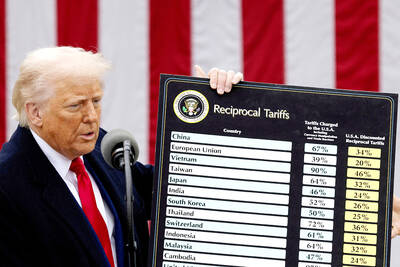
WAITING GAME: The US has so far only offered a ‘best rate tariff,’ which officials assume is about 15 percent, the same as Japan, a person familiar with the matter said Taiwan and the US have completed “technical consultations” regarding tariffs and a finalized rate is expected to be released soon, Executive Yuan spokeswoman Michelle Lee (李慧芝) told a news conference yesterday, as a 90-day pause on US President Donald Trump’s “reciprocal” tariffs is set to expire today. The two countries have reached a “certain degree of consensus” on issues such as tariffs, nontariff trade barriers, trade facilitation, supply chain resilience and economic security, Lee said. They also discussed opportunities for cooperation, investment and procurement, she said. A joint statement is still being negotiated and would be released once the US government has made
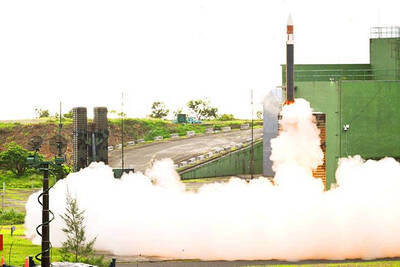
NEW GEAR: On top of the new Tien Kung IV air defense missiles, the military is expected to place orders for a new combat vehicle next year for delivery in 2028 Mass production of Tien Kung IV (Sky Bow IV) missiles is expected to start next year, with plans to order 122 pods, the Ministry of National Defense’s (MND) latest list of regulated military material showed. The document said that the armed forces would obtain 46 pods of the air defense missiles next year and 76 pods the year after that. The Tien Kung IV is designed to intercept cruise missiles and ballistic missiles to an altitude of 70km, compared with the 60km maximum altitude achieved by the Missile Segment Enhancement variant of PAC-3 systems. A defense source said yesterday that the number of
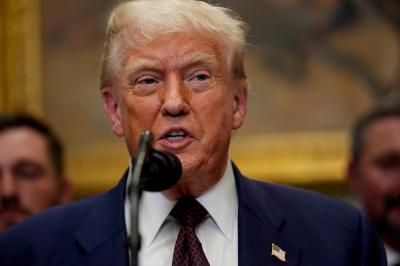
Taiwanese exports to the US are to be subject to a 20 percent tariff starting on Thursday next week, according to an executive order signed by US President Donald Trump yesterday. The 20 percent levy was the same as the tariffs imposed on Vietnam, Sri Lanka and Bangladesh by Trump. It was higher than the tariffs imposed on Japan, South Korea and the EU (15 percent), as well as those on the Philippines (19 percent). A Taiwan official with knowledge of the matter said it is a "phased" tariff rate, and negotiations would continue. "Once negotiations conclude, Taiwan will obtain a better
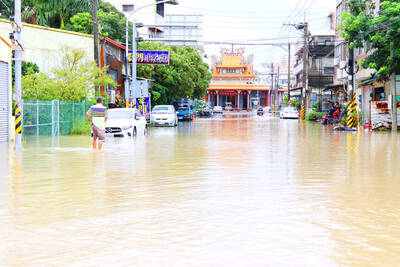
FLOOD RECOVERY: “Post-Typhoon Danas reconstruction special act” is expected to be approved on Thursday, the premier said, adding the flood control in affected areas would be prioritized About 200cm of rainfall fell in parts of southern Taiwan from Monday last week to 9am yesterday, the Central Weather Administration (CWA) said. Kaohsiung’s Taoyuan District (桃源) saw total rainfall of 2,205mm, while Pingtung County’s Sandimen Township (三地門) had 2,060.5mm and Tainan’s Nanhua District (南化) 1,833mm, according to CWA data. Meanwhile, Alishan (阿里山) in Chiayi County saw 1,688mm of accumulated rain and Yunlin County’s Caoling (草嶺) had 1,025mm. The Pingtung County Government said that 831 local residents have been pre-emptively evacuated from mountainous areas. A total of 576 are staying with relatives in low-lying areas, while the other 255 are in shelters. CWA forecaster